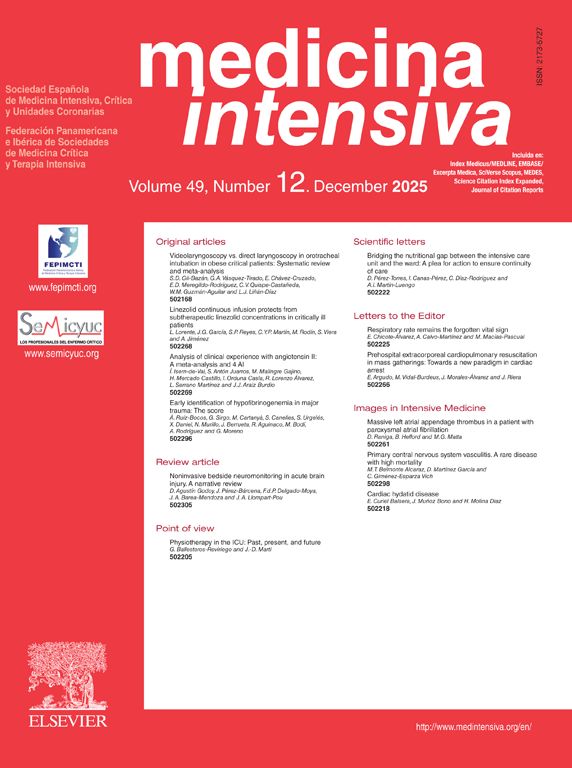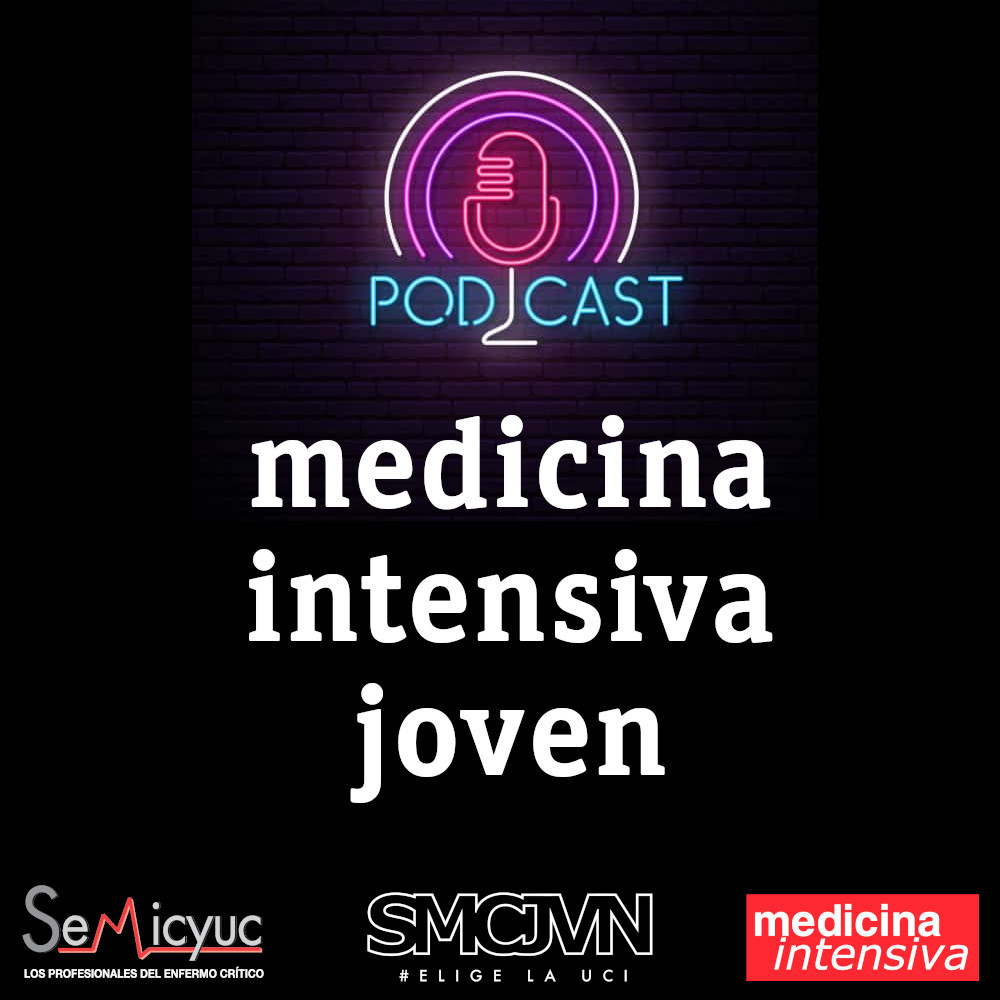was read the article
| Year/Month | Html | Total | |
|---|---|---|---|
| 2025 12 | 351 | 185 | 536 |
| 2025 11 | 601 | 225 | 826 |
| 2025 10 | 41 | 121 | 162 |
| 2025 9 | 0 | 76 | 76 |
| 2025 8 | 0 | 63 | 63 |
| 2025 7 | 0 | 55 | 55 |
| 2025 6 | 16 | 44 | 60 |
| 2025 5 | 308 | 71 | 379 |
| 2025 4 | 220 | 60 | 280 |
| 2025 3 | 312 | 60 | 372 |
| 2025 2 | 247 | 79 | 326 |
| 2025 1 | 137 | 73 | 210 |
| 2024 12 | 173 | 86 | 259 |
| 2024 11 | 112 | 79 | 191 |
| 2024 10 | 113 | 100 | 213 |
| 2024 9 | 140 | 44 | 184 |
| 2024 8 | 171 | 82 | 253 |
| 2024 7 | 225 | 40 | 265 |
| 2024 6 | 181 | 68 | 249 |
| 2024 5 | 153 | 58 | 211 |
| 2024 4 | 116 | 67 | 183 |
| 2024 3 | 114 | 56 | 170 |
| 2024 2 | 131 | 60 | 191 |
| 2024 1 | 166 | 52 | 218 |
| 2023 12 | 281 | 39 | 320 |
| 2023 11 | 231 | 61 | 292 |
| 2023 10 | 133 | 33 | 166 |
| 2023 9 | 146 | 52 | 198 |
| 2023 8 | 111 | 23 | 134 |
| 2023 7 | 141 | 42 | 183 |
| 2023 6 | 118 | 40 | 158 |
| 2023 5 | 141 | 50 | 191 |
| 2023 4 | 110 | 42 | 152 |
| 2023 3 | 165 | 46 | 211 |
| 2023 2 | 144 | 24 | 168 |
| 2023 1 | 164 | 42 | 206 |
| 2022 12 | 138 | 48 | 186 |
| 2022 11 | 178 | 71 | 249 |
| 2022 10 | 177 | 69 | 246 |
| 2022 9 | 160 | 57 | 217 |
| 2022 8 | 162 | 72 | 234 |
| 2022 7 | 150 | 72 | 222 |
| 2022 6 | 122 | 32 | 154 |
| 2022 5 | 144 | 60 | 204 |
| 2022 4 | 98 | 57 | 155 |
| 2022 3 | 140 | 74 | 214 |
| 2022 2 | 147 | 56 | 203 |
| 2022 1 | 225 | 58 | 283 |
| 2021 12 | 177 | 64 | 241 |
| 2021 11 | 161 | 64 | 225 |
| 2021 10 | 153 | 89 | 242 |
| 2021 9 | 93 | 57 | 150 |
| 2021 8 | 97 | 63 | 160 |
| 2021 7 | 85 | 46 | 131 |
| 2021 6 | 83 | 67 | 150 |
| 2021 5 | 92 | 68 | 160 |
| 2021 4 | 331 | 166 | 497 |
| 2021 3 | 228 | 79 | 307 |
| 2021 2 | 129 | 47 | 176 |
| 2021 1 | 141 | 44 | 185 |
| 2020 12 | 161 | 53 | 214 |
| 2020 11 | 83 | 28 | 111 |
| 2020 10 | 28 | 16 | 44 |
| 2020 7 | 119 | 20 | 139 |
| 2020 6 | 116 | 43 | 159 |
| 2020 5 | 41 | 30 | 71 |
| 2020 4 | 38 | 26 | 64 |
| 2020 3 | 1 | 0 | 1 |




